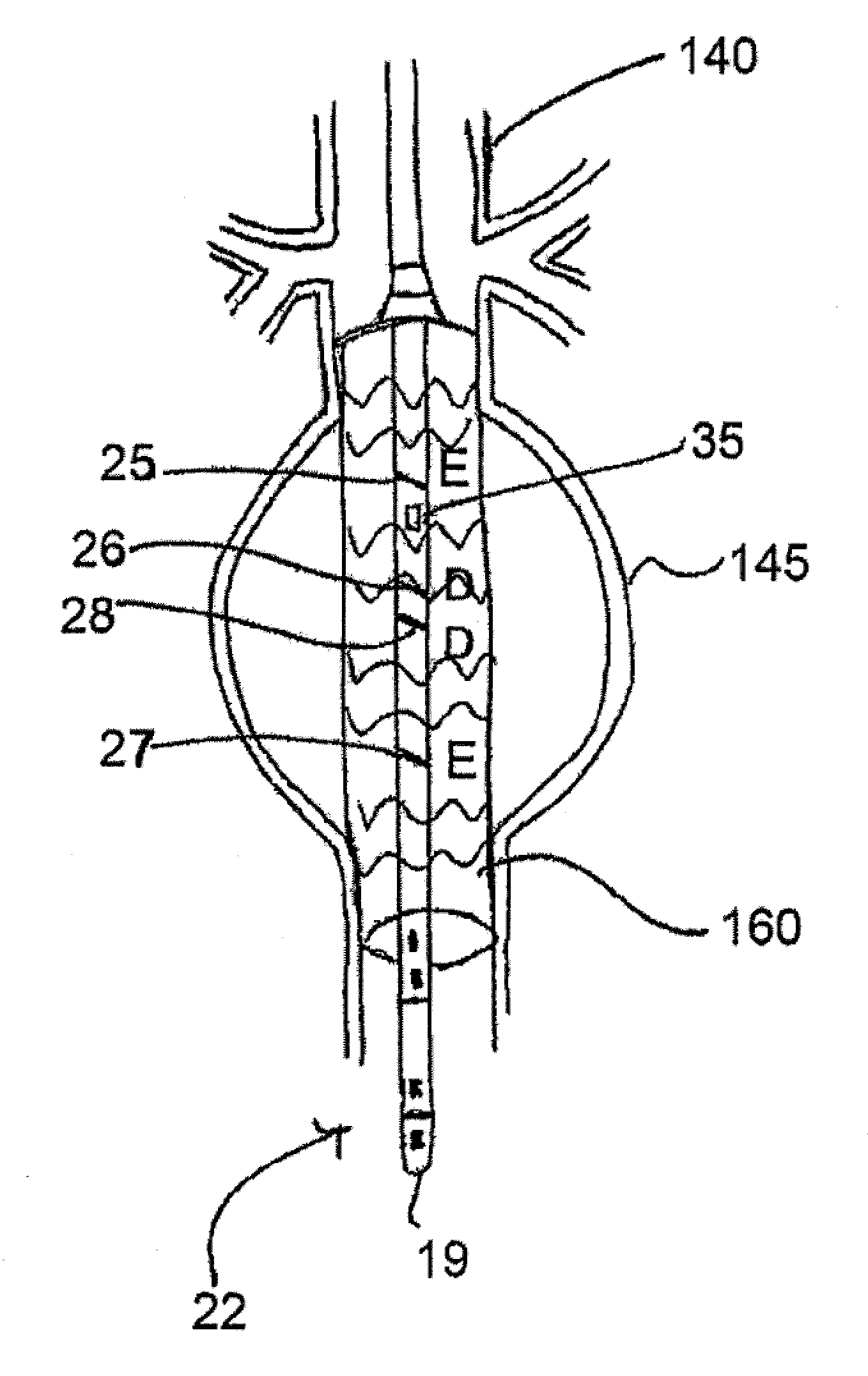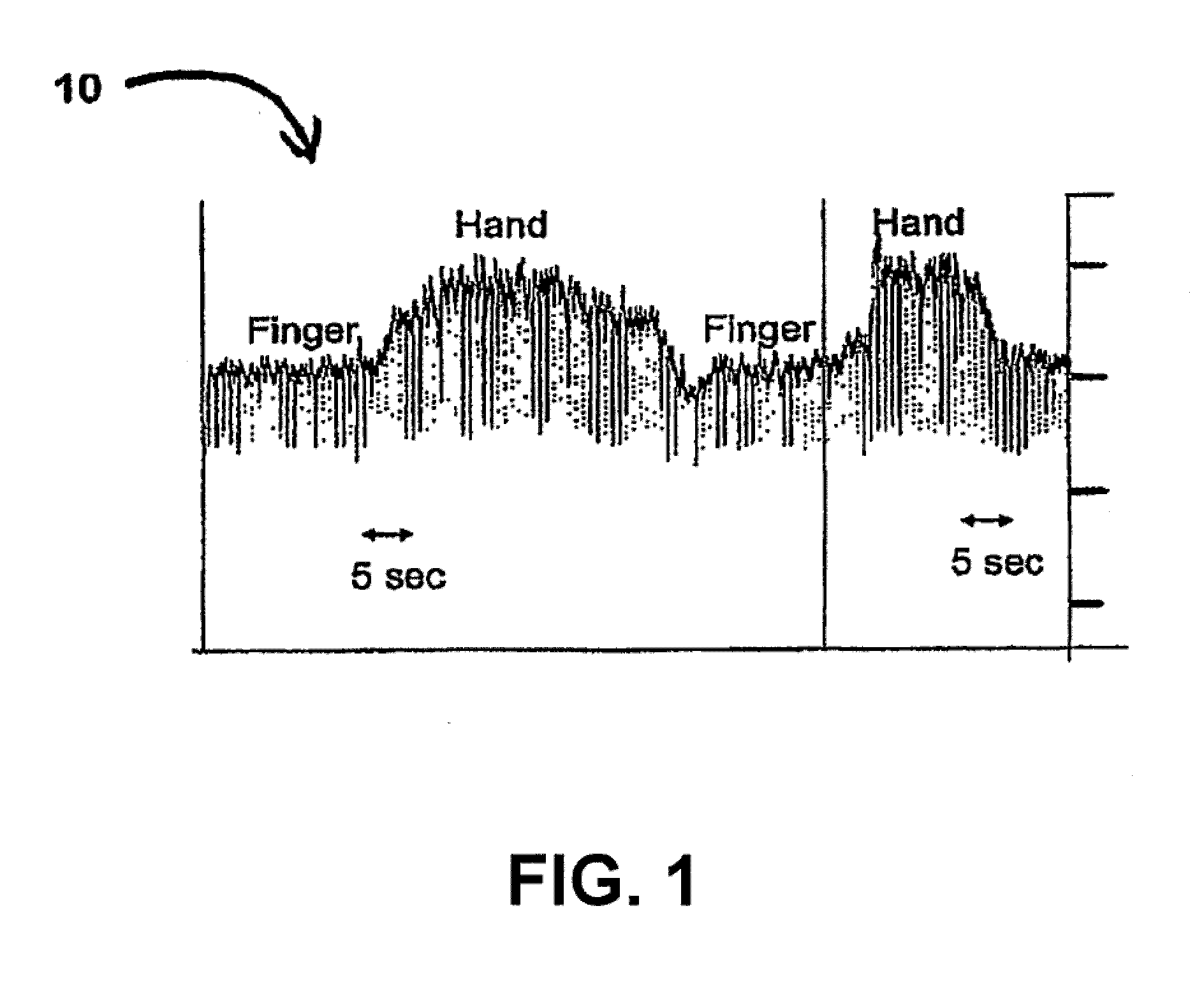Systems and methods for placing heart leads
- Summary
- Abstract
- Description
- Claims
- Application Information
AI Technical Summary
Benefits of technology
Problems solved by technology
Method used
Image
Examples
Embodiment Construction
[0049]It will be appreciated by those of skill in the art that the following detailed description of the disclosed embodiments is merely exemplary in nature and is not intended to limit the scope of the appended claims.
[0050]During various medical procedures involving intraluminal insertion of catheters or other devices, proper navigation of the device through body lumens, such as blood vessels or the heart, is critical to the success of the procedure. This is especially true with respect to catheterization of the aorta and coronary sinus. Indeed, unless the tissue targeted for treatment or diagnosis is properly located, the procedure can be ineffective or, even worse, damaging. For example, with respect to treatment of an aortic aneurysm, a stent must be delivered to a disease-free landing zone adjacent to the aneurysm. In the event the stent is inaccurately placed—due to disorientation within the lumen or otherwise—a sufficient seal will not be achieved and the treatment will be i...
PUM
 Login to View More
Login to View More Abstract
Description
Claims
Application Information
 Login to View More
Login to View More - R&D
- Intellectual Property
- Life Sciences
- Materials
- Tech Scout
- Unparalleled Data Quality
- Higher Quality Content
- 60% Fewer Hallucinations
Browse by: Latest US Patents, China's latest patents, Technical Efficacy Thesaurus, Application Domain, Technology Topic, Popular Technical Reports.
© 2025 PatSnap. All rights reserved.Legal|Privacy policy|Modern Slavery Act Transparency Statement|Sitemap|About US| Contact US: help@patsnap.com



